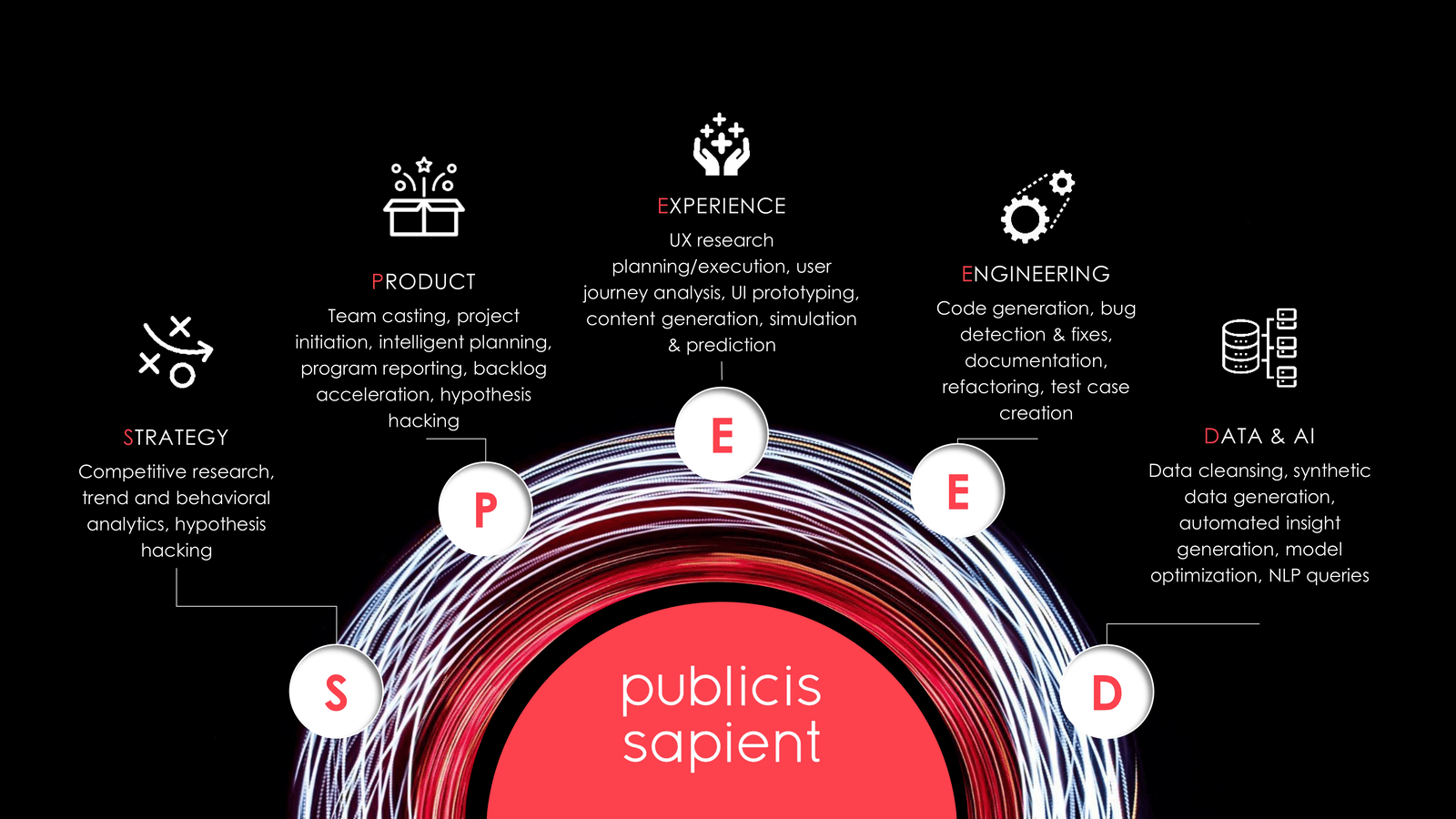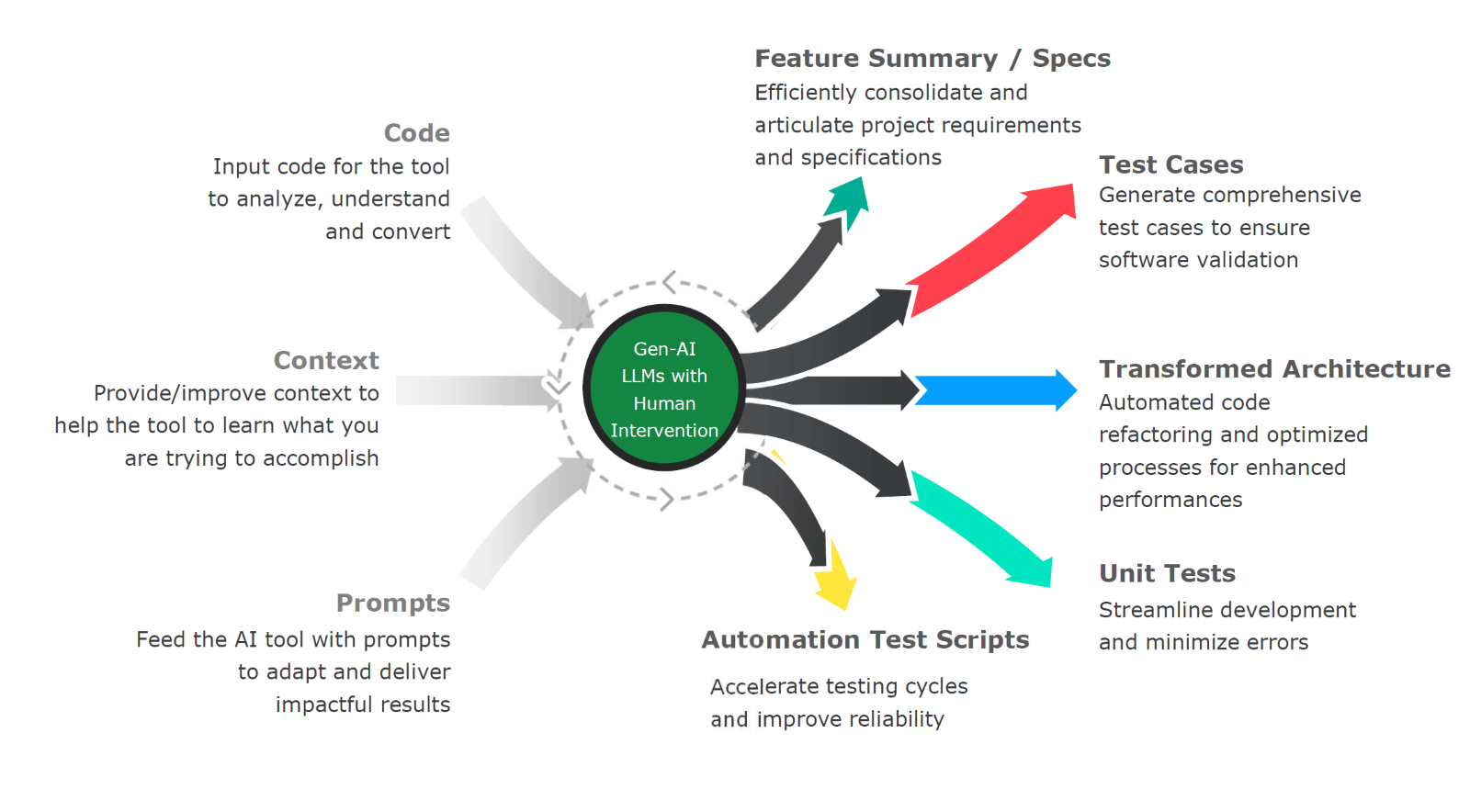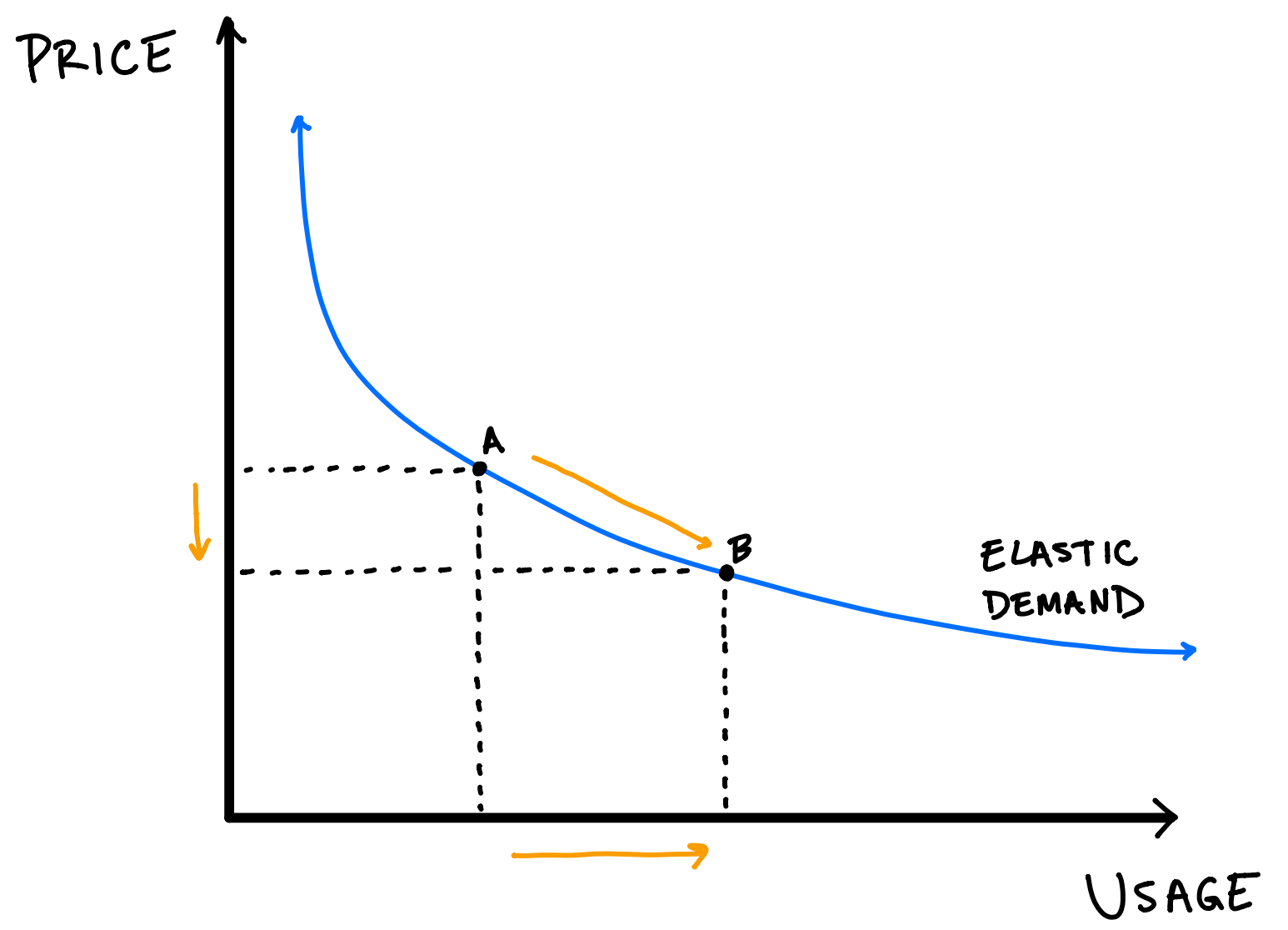Imagine saving 4,500 years of developer work in just one year—an achievement so astonishing it sounds improbable. Yet, in a LinkedIn article from Amazon’s CEO, that’s exactly what the company claims to have achieved by integrating AI into their code modernization efforts. This isn’t a distant dream; it’s a strong example of AI's impact on software production.
Currently, American enterprises are pouring nearly half of their IT budgets into application development and support, as highlighted in a recent study on IT spending intentions. These applications are more than just operational efficiency enablers—they’re often the main way businesses connect with customers and drive differentiation. The ability to consistently deliver the right digital products, quickly and with high quality, is a significant competitive weapon. Despite Marc Andreessen's 2011 prediction that "software is eating the world," many enterprises are still grappling with the gap between their digital transformation ambitions and the harsh realities of a compressed macroeconomic environment. This tension has left executives in a difficult position.
AI-enabled software development could finally bridge this gap, offering a pathway to both reduce decades of accumulated technical debt and spark a wave of digital innovation—all without the need for increased budgets. Importantly, software development doesn’t just encompass coding and technical tasks, it covers product engineering and digital business transformation as a whole. As enterprise leaders explore the potential of artificial intelligence (AI) in the software development lifecycle (SDLC), including the full scope of activities involved in crafting digital solutions that deliver tangible value, they're faced with a landscape rich in opportunity but also rife with complex questions:



















